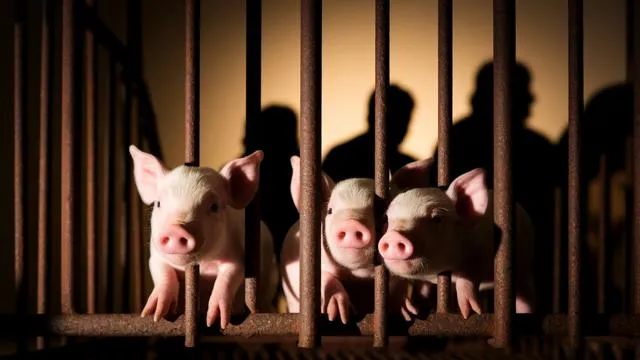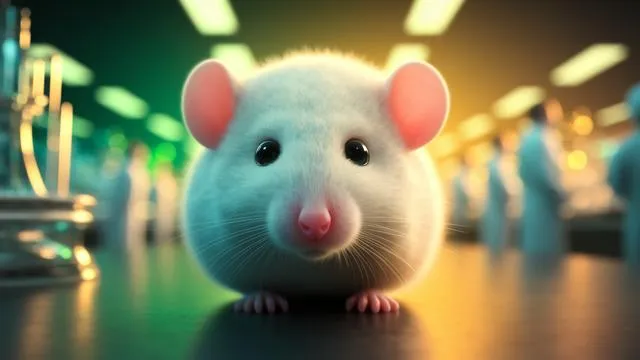In a groundbreaking development that blurs the lines between science fiction and reality, researchers have successfully engineered mice with a remarkable resemblance to the woolly mammoth, an iconic species that vanished from the Earth around 4,000 years ago.
This scientific endeavor, spearheaded by a team at Colossal Biosciences, aims not just to mimic the physical attributes of extinct species but to explore the potential of genetic engineering in conservation and beyond. The project focuses on introducing traits such as thick, woolly hair into mice, a feature reminiscent of the mammoth's adaptation to cold environments.
This achievement is a testament to the advancements in genetic editing technologies, particularly CRISPR, which have made such precise modifications possible. The implications of this research extend far beyond the creation of 'woolly mice.' It opens up new avenues for studying genetic traits related to climate adaptation, potentially offering insights into how species might be engineered to survive in changing environments.
Moreover, the techniques developed through this project could have applications in human medicine, such as in the treatment of genetic disorders. However, the project also raises ethical questions about the limits of genetic manipulation and the concept of 'de-extinction.' Critics argue that while it's possible to engineer animals to resemble extinct species, this does not equate to bringing those species back to life.
The debate underscores the complexity of balancing scientific innovation with ethical considerations. As the research progresses, it will be crucial to engage in a broader conversation about the goals and implications of such genetic engineering projects, ensuring that they contribute positively to conservation efforts and our understanding of genetics.










